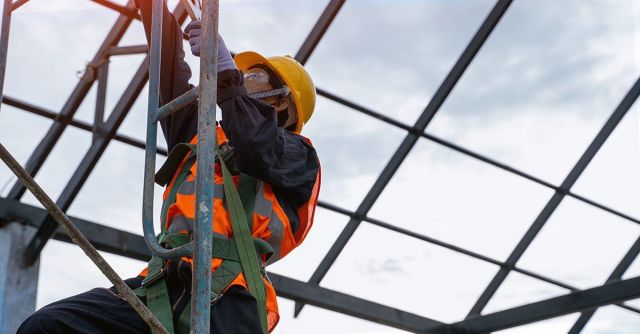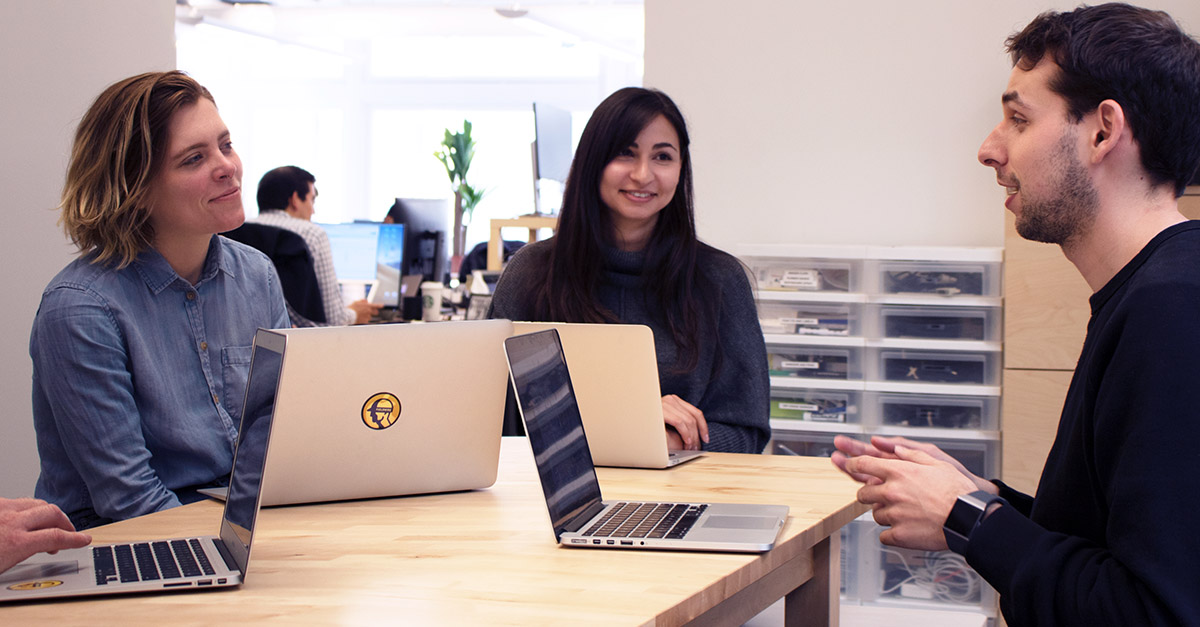Construction & Coronavirus: Proactive Steps to Take Right Now

As rapidly as the coronavirus and its effects have hit us, many construction businesses are finding themselves in catch-up mode. The uncertainty around COVID-19 makes short-term planning challenging; getting ahead of its long-term impacts feels impossible. In crisis mode, we’re all reacting to developments as they come to the best of our abilities.
But construction professionals can be proactive right now. Here’s how.
1. Streamline, streamline, streamline
The coronavirus and “shelter-in-place” orders are delaying project work, whether by forcing jobsite closures or requiring fewer workers on-site to comply with social distancing guidelines. And as projects get delayed, so, too, are payments — meaning contractors will need to do more with less.
Now is the time to get efficient — before cash flow issues make matters worse.
According to Tim Pickett, President and Owner of Chicago-based audio-visual contractor business Encompass AV, now is the time to optimize. “Cut expenses wherever you can,” Tim says. “Hold on to as much cash as you can, keep as many people employed as you can, and do the right thing.”
Look for opportunities across all departments to streamline workflows. Are your communications a combination of email, texts, instant messages, phone calls, etc.? Consolidate them to a single source of truth. Are you collaborating with co-workers and team members via infrequent meetings? Plan and work in real-time with a task and project management solution.
Improving productivity now can keep current projects on track — and will help you excel once business picks back up.
2. Get your jobsites COVID-ready
As long as your jobsites remain open, you are responsible for the safety of everyone showing up to work. That includes ensuring guidelines for avoiding exposure to the coronavirus are in place.
Mandi Kime, Director of Safety at AGC, Washington State Chapter, encourages contractors to update their usual safety and sanitation procedures with more frequent clean-ups. “We’re seeing companies ramp up the servicing of restroom facilities, getting those serviced way more frequently,” Mandi says. “Where before once a week was sufficient, now they should be serviced daily.”
Mandi also suggests on-site health checks, staggering shifts, and relocating materials to avoid spatial bottlenecks that could put workers in close contact with each other.
For contractors working with subcontractors, communicating safety measures is essential.
JD Ahearn, Senior PM at XL Construction, communicates early and often with his trade partners about the on-site precautions his team is taking to allay confusion and fears.
“I’m calling our trade partners on a daily basis to walk them through the things that we’re doing to keep everyone safe,” JD says.
3. Nurture your professional network
The best time to update your résumé is when you start a new job — not when you’re looking for the next one. The same is true for expanding your network: find your people online now so you can reach out to them when you need them.
Professional associations such as the AGC are keeping members up-to-date on the latest COVID developments and best practices.
“The beauty of a membership organization is having people spread throughout the country,” Mandi says. “We are tackling this together — and we’re communicating.”
The AGC and other organizations (including Fieldwire) are hosting virtual meetings to allow construction professionals to talk to each other. Take advantage of these opportunities to connect and learn.
4. Take care of yourself — physically and emotionally
OSHA and the CDC have posted specific guidelines for staying safe on-site and off-. But being healthy is more than just avoiding illness.
For those in shelter-in-place areas, the current moment can be very stressful. Those in less affected parts of the world are also experiencing uncertainty and fear.
Construction professionals have challenges unique to them, making a difficult situation feel even harder. As an industry, construction has the highest rate of suicide in the US — four times greater than the national average.
Please: reach out to friends, family, and colleagues. While in-person meetups may not be possible right now, phone calls and video conferencing can go a long way to help with isolation and feelings of hopelessness.
And, if you’re able, check in on teammates. Schedule regular calls (daily or more frequent) to provide that all-important human-to-human connection.
“It’s really important to not just do emails,” Tim says. “I have been trying to call my employees individually.”

 Natalie Mackay •
Natalie Mackay • 















